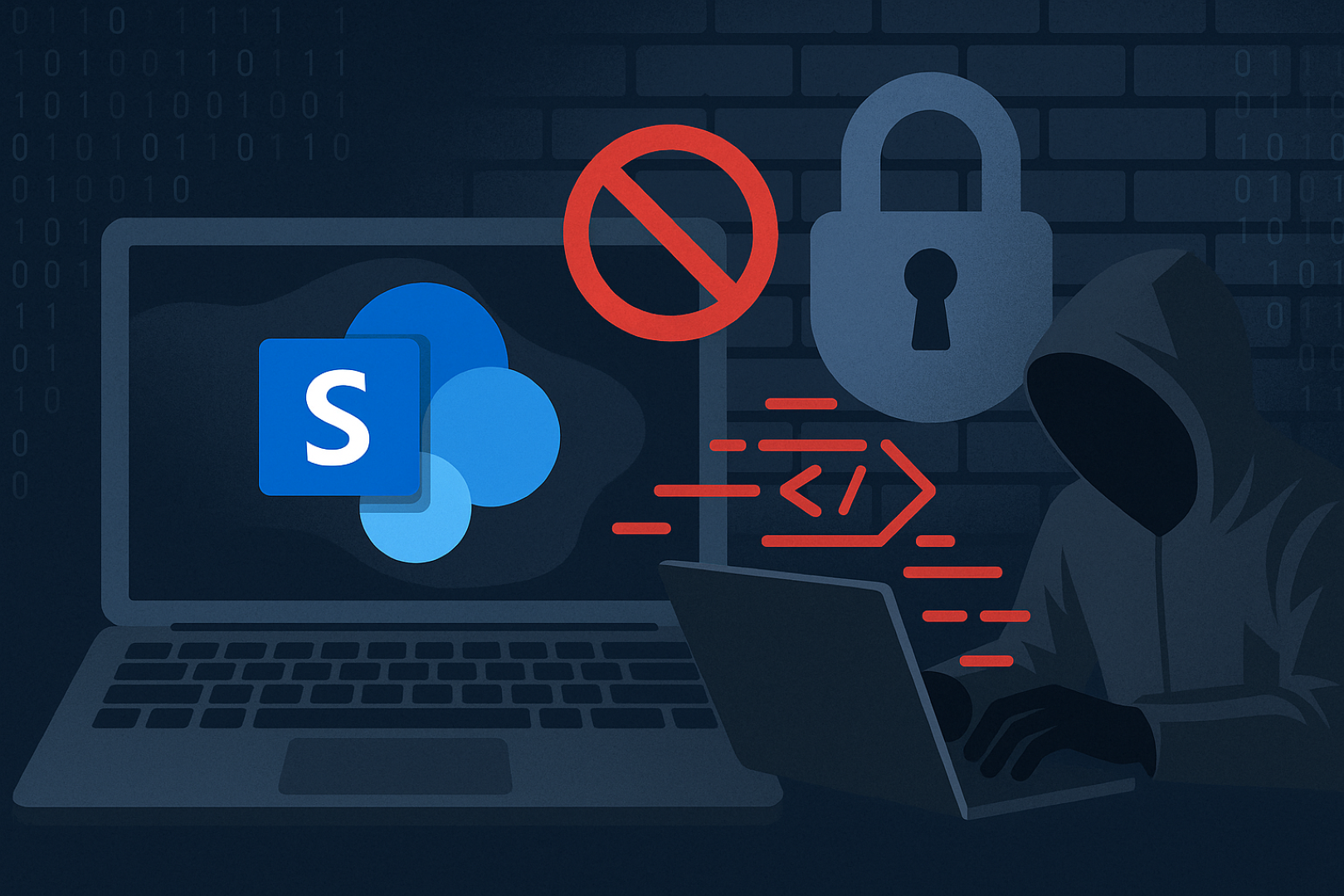#zero-day
#zero-day
[ follow ]
fromTheregister
2 days agoMicrosoft RasMan 0-day gets an unofficial patch and exploit
A Microsoft zero-day vulnerability that allows an unprivileged user to crash the Windows Remote Access Connection Manager (RasMan) service now has a free, unofficial patch - with no word as to when Redmond plans to release an official one - along with a working exploit circulating online. Researchers from 0patch, the micropatching site, uncovered the denial-of-service (DoS) bug while investigating CVE-2025-59230, a Windows RasMan privilege escalation vulnerability that Redmond fixed in October, but not before attackers found and exploited the vulnerability.
Information security
fromThe Hacker News
1 month agoMicrosoft Fixes 63 Security Flaws, Including a Windows Kernel Zero-Day Under Active Attack
Microsoft on Tuesday released patches for 63 new security vulnerabilities identified in its software, including one that has come under active exploitation in the wild. Of the 63 flaws, four are rated Critical and 59 are rated Important in severity. Twenty-nine of these vulnerabilities are related to privilege escalation, followed by 16 remote code execution, 11 information disclosure, three denial-of-service (DoS), two security feature bypass, and two spoofing bugs.
Information security
fromIT Pro
1 month agoThreat actors are exploiting flaws more quickly - here's what business leaders should do
In July, Microsoft fixed a flaw in its file sharing service SharePoint that was already being exploited by attackers. Later that month, Microsoft warned that hackers were making use of the zero-day to distribute ransomware, adding even more risk to the serious vulnerability. The SharePoint flaw is just one example of attackers becoming faster at exploiting vulnerabilities before they can be properly addressed by vendors and patched by organizations.
Information security
fromThe Hacker News
1 month agoHackers Deploy Linux Rootkits via Cisco SNMP Flaw in "Zero Disco' Attacks
The activity, codenamed Operation Zero Disco by Trend Micro, involves the weaponization of CVE-2025-20352 (CVSS score: 7.7), a stack overflow vulnerability in the Simple Network Management Protocol (SNMP) subsystem that could allow an authenticated, remote attacker to execute arbitrary code by sending crafted SNMP packets to a susceptible device. The intrusions have not been attributed to any known threat actor or group.
Information security
fromSecurityWeek
2 months agoCisco Firewall Zero-Days Exploited in China-Linked ArcaneDoor Attacks
Tracked as CVE-2025-20333 (CVSS score of 9.9) and CVE-2025-20362 (CVSS score of 6.5), the bugs impact the VPN web server of Cisco Secure Firewall Adaptive Security Appliance (ASA) and Secure Firewall Threat Defense (FTD) software. The issues, Cisco explains, exist because user-supplied input in HTTP(S) requests is not properly validated, allowing a remote attacker to send crafted requests and execute arbitrary code with root privileges or access a restricted URL without authentication.
Information security
Information security
fromThe Hacker News
3 months agoFreePBX Servers Targeted by Zero-Day Flaw, Emergency Patch Now Available
A critical CVE-2025-57819 FreePBX vulnerability enables unauthenticated arbitrary database manipulation and remote code execution; internet-exposed ACPs should be upgraded and restricted.
fromTheregister
3 months agoApple rushes out fix for active zero-day in iOS and macOS
Apple has shipped emergency updates to fix an actively exploited zero-day in its ImageIO framework, warning that the flaw has already been abused in targeted attacks. Logged as CVE-2025-43300, the bug is an out-of-bounds write issue in ImageIO, the component apps rely on to read and write standard image formats. Apple warned that the flaw could let miscreants hijack devices with a booby-trapped image - and for some iDevice users, it sounds like the damage has already been done.
Apple
Apple
fromIT Pro
3 months agoApple just released an emergency patch for a zero-day exploited in the wild - here's why you need to update now
Critical Image I/O zero-day (CVE-2025-43300) enables arbitrary code execution via malicious images on iPhone, iPad, and Mac; install the emergency update immediately.
fromZDNET
4 months agoMicrosoft fixes two SharePoint zero-days under attack, but one is still unresolved - how to patch
CVE-2025-53770 gives a threat actor the ability to remotely execute code, bypassing identity protections (like single sign-on and multi-factor authentication), giving access to content on the SharePoint server including configurations and system files, opening up lateral access across the Windows domain.
Information security
[ Load more ]











